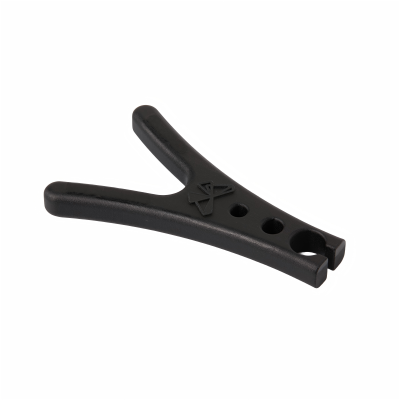Compare 3D Printing Materials
Explore and compare 3D printing materials to find the best fit for your project. From durable plastics to flexible resins, our guide highlights key properties like strength, flexibility, and surface finish, helping you choose the right material for prototyping, production, or custom parts.
Antistatic resin
Process: LCD
Antistatic Properties
3D printing antistatic resin materials are typically achieved by incorporating conductive fillers or ion-type additives into the resin, effectively reducing the material’s surface resistivity. These materials are specifically designed for applications in electronic devices, precision instruments, and other areas where static interference must be prevented. The material effectively suppresses static accumulation, ensuring that printed parts remain free from charge interference during use, while maintaining excellent mechanical properties and precise printing details. Whether for manufacturing sensitive components or performing high-precision assemblies, antistatic resin is the ideal choice.
PA+GF
Process: SLS or MJF
Temperature Resistance, Durability, Dimensional Stability
PA+GF is a polyamide powder material reinforced with glass beads, which significantly improves stiffness and dimensional stability. Compared with unfilled polyamide, this material offers higher heat resistance and demonstrates excellent long-term wear performance. However, due to the addition of glass, its impact strength and tensile strength are relatively lower than those of other nylons.
Inconel 718
Process: SLM
Fatigue Resistant, Temperature Resistance, Corrosion Resistance, Strength
Inconel 718 is known for its outstanding high-temperature strength, creep resistance, and corrosion resistance. The material can withstand operating temperatures above 700°C while maintaining excellent fatigue and fracture resistance. Through additive manufacturing, GH4169 can produce parts with complex geometries and is widely used in aerospace engines, gas turbines, high-temperature molds, and high-performance industrial components.
Disadvantages: High cost; complex heat treatment process; thin-walled structures require careful design; default surface roughness Ra10–12.




